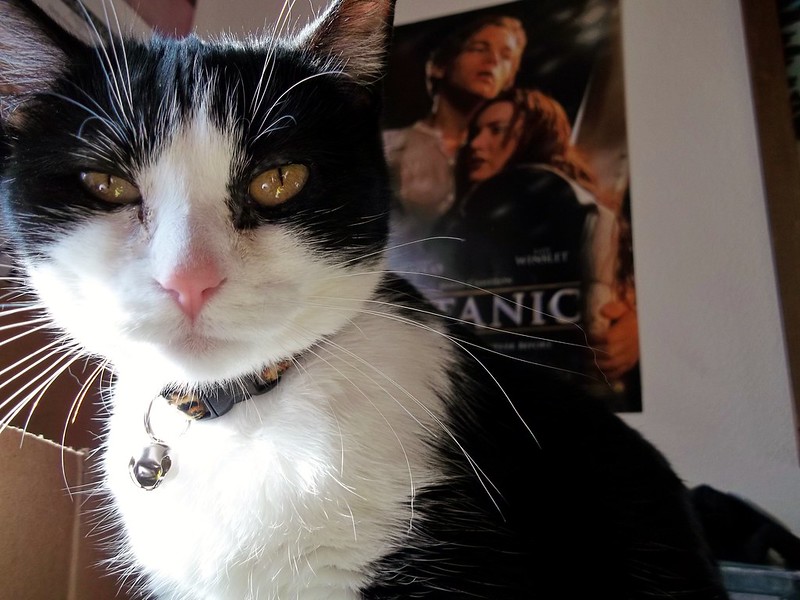Friday, April 13, 2012
Your Pets and Their Communication
Let's face it, not every Whiskers and Fido has the acting chops of me. While I may have mastered this 'human communication' in English, many of the fellow four legged friends are not quite as expressive. I owe this in part to a loyal regimen of Thursday night Improve workshops and several hours of Glee. You'll note, above, my casting impression of 'Holy Batman, Robin, Timmy needs us!' and below, my impression of Pacino circa Scarface. Yes, I've mastered the facial muscles, and am well on my way to fluid vocalization of the entire ABC's....okay, I'm not quite that good, yet. But there are many common communicative triggers I often see, between animal and human, which often go misunderstood.
For example, if you've ever seen a grown cat 'kneading' it's paws on a soft surface, you likely assumed they were weaned too early and carrying lifelong 'mommy' issues. Well, while that can be an indicator, it's also been found that felines have scent glands on the balls of their paws, which secret a (human) intangible pheromone. This is also why you will most often see us doing this while purring, and even with a smile! Felines tend to 'knead' to mark a territory as 'safe' or 'home', and to indicate contentment.
As for our canine friends, the most commonly mistaken form of communication is the 'pant'. Often characterized as rapid breathing, and an extended tongue; this seemingly simple key doesn't necessarily mean your pooch is hot, or even exhausted from play. Many canines will actually pant, following little to no exertion, as a sign of stress. This can often be paired with the canine 'sigh', where Fido places his paws over his face, and buries his paws. If Fido's eyes are partially open, it's thought to be a sign of contentment, closed, and he just may be discouraged, or even upset.
Now here's where cats and dogs frequently get mixed up; the wagging tail. While a low, yet actively wagging, tail can indicate your pooch is excited to see you, be mindful of felines who swish their tail excessively. Just because a cat's tail is moving, or 'wagging' does not mean it is friendly or sociable. Be mindful of other keys, such as a low growl, or 'half' meow, which could indicate kitty is not in the mood for human attention. On the opposite end, with dogs, the wider the wag (the sweep from side to side), the happier the dog is generally assumed to be. Beware of stiff tails, or high wags (in which the tail is straight up, but wagging), as this is a sign of dominance and rough play.
Of course, there are many other cues, we animals, give humans, in attempt to communicate. These are just the most common ones. Always beware of any unusual, or immediate, changes in your pet's behavior; they could be a sign of social discontent, or even illness.
Labels:
Daily Post
Subscribe to:
Post Comments (Atom)




I love cats! Your cat is beautiful!
ReplyDeletetwinkle at optonline dot net
Truffles is adorable! Our cat Daisy looks exactly the same except she has a mustache!
ReplyDeleteI've recently read up on cat behavior and body language my looking at the position of their tail. I always thought my cat was happy when he wagged his tail a little bit, but it usually means that they are feeling playful more than anything
ReplyDeleteMy kitties wag their tail like crazy when they are full of energy and want to play with each other. I have seen it be an aggressive thing though, so like you said, when you see it watch out!
ReplyDeleteGreat post!
Very happy to say your post is very interesting to read. I never stop myself from saying something about it. You’re doing a great job. Keep it up.
ReplyDelete